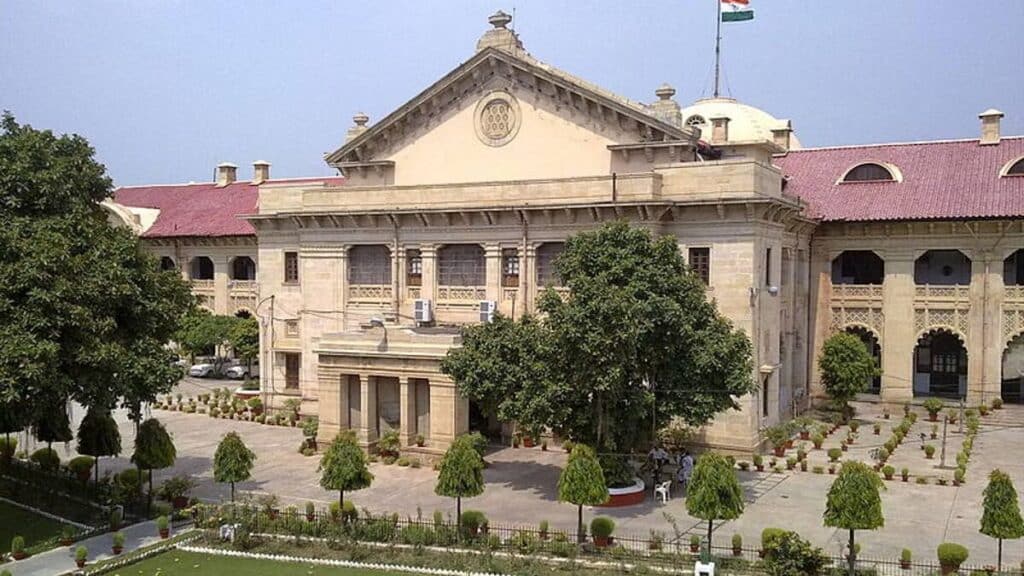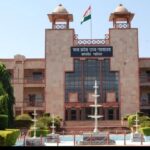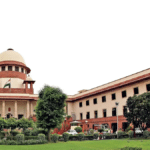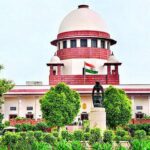
Table of Contents
Allahabad High Court Tightens Privacy Rules on Filing of Personal Photos in Legal Proceedings
In a major move to protect personal privacy in legal matters, the Allahabad High Court has laid down a new norm that requires its registry to get prior permission of the court before accepting photos capturing private moments involving parties in litigation. This verdict was issued by Justice Ajay Bhanot after it emerged that intimate photographs were attached to a rejoinder affidavit on bail application in the rape case.
The matter at hand came up for bail when the accused who had been in custody since November 23, 2023 made an application for bail. He argued that he and the victim were lovers before filing of this rape case which occurred thereafter when their relation went sour. In response, the defense counsel assured the bench that no indecent pictures or videos of the complainant were ever taken or circulated by his client neither did any such materials found on him.
Justice Bhanot while referring to nature of photographs attached remarked about negative effects these materials could have on rights and dignity of those people shown especially in connection with such an extremely traumatic situation as rape. Therefrom he ordered to registry stating “no private photographs or any indecent photographs shall be accepted by the registry without leave of the Court.” Hence, this will forestall misapplication of personal images during legal process and will safeguard personal privacy rights.
This decision was widely welcomed among legal professionals with PK Singh and Sunil Kumar Pandey representing Respondent 1 (accused) and Advocate Chandan Agarwal appearing for State of Uttar Pradesh. The ruling thus indicates not only respect accorded to privacy but also set standards concerning how delicate issues are handled within courts during trials.
Conclusion
The Allahabad High Court’s recent direction requiring control over submission of private photographs in legal documents signals an important development towards protecting individual privacy through judicial processes. Therefore, it is intended as a method aimed at preventing inappropriate use personal images during court proceedings so as not to violate someone’s right to privacy. It shows how the judiciary balances the need for evidence in legal disputes with the importance of maintaining personal privacy and dignity.
FAQ
What was the reason behind issuance of such new privacy guideline by Allahabad High Court?
This directive came after a rejoinder affidavit on bail application in a rape case had attached private photographs, raising concerns over invasion of privacy.
Who were the lawyers representing Respondent 1 and State of Uttar Pradesh respectively?
Advocates PK Singh and Sunil Kumar Pandey represented Respondent 1 (accused) while Advocate Chandan Agarwal appeared for State of Uttar Pradesh.
What is contained in this new directive by Allahabad High Court?
It provides that no private or indecent photographs shall be admitted into court’s registry without leave of court.
How has this ruling affected treatment of private photos in lawsuits?
This approach is intended to protect individuals’ privacy rights from exposure during legal process without necessary judicial scrutiny.
Will any other Indian judgments be affected by this decision?
Although limited specifically to the Allahabad High Court, it creates a precedent that may influence practices regarding privacy within other jurisdictions throughout India.
Barelaw, an online platform dedicated to comprehensive delivery of legal knowledge, is proud to present its exclusive case briefs category. This section is made in such a way that it offers deep and useful analyses of landmark decisions which are seen as important resources for the legal professionals, students and anyone wishing to know about law’s complexities. Our case briefs are probing deeper into the crucial court decisions by explaining the logic behind each decision and how it has influenced law.
We recognize that understanding legal judgments can be difficult because they are quite intricate. It is due to this reason that our case briefs are designed in such a way that they give information while being easy to understand so that readers can comprehend the key principles of law involved. Each brief contains facts’ summary, an issue at bar legally, court’s reasoning and final decision arrived at. By using this method, our audience will find it easier to identify fine points of every case.
We are aware that the labyrinthine nature of legal judgments is difficult to fathom. For this reason, our briefs are both informative and understandable, thus enabling readers to grasp the fundamental legal principles involved. It contains an abstract of facts, the legal issue decided by court, the rationale behind it and finally the verdict. This systematized pattern allows our audience to understand every shade of a case.
Drop in on our case briefs and dive into law. Go to our website immediately and explore a cornucopia of legal knowledge available to you online. Below is a link for your easy access to our online library.
More drafts on law can be reached here – https://www.barelaw.in/legal-drafts/





